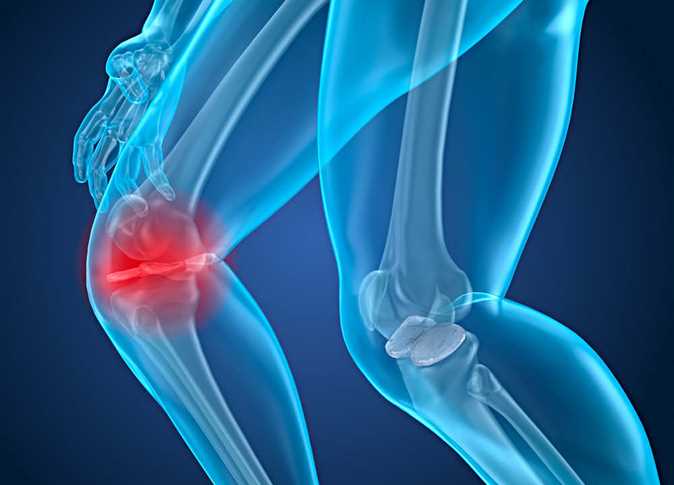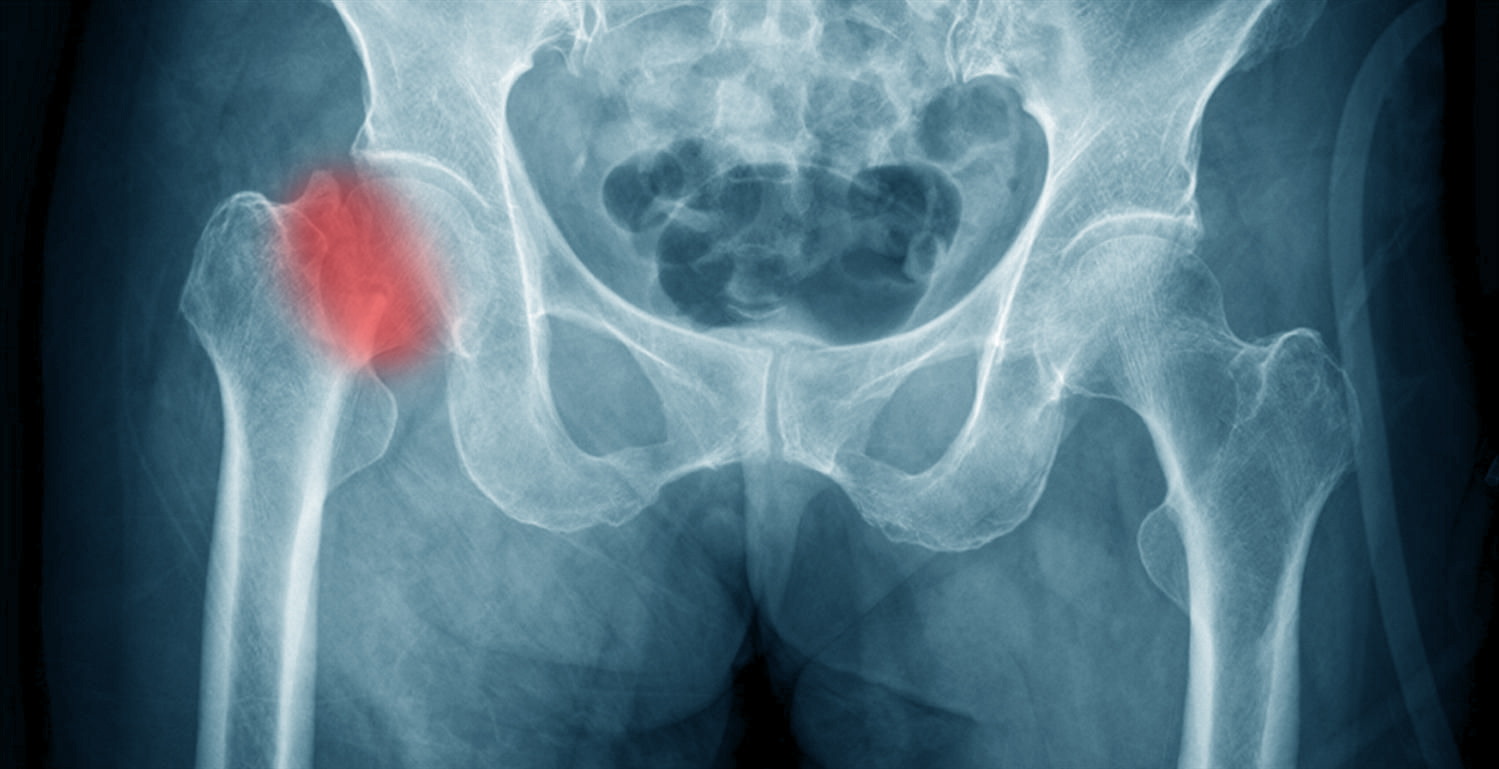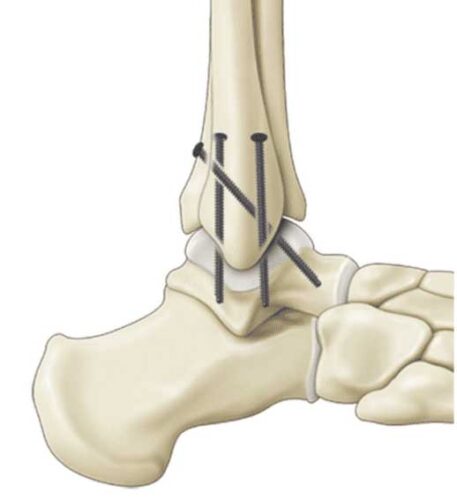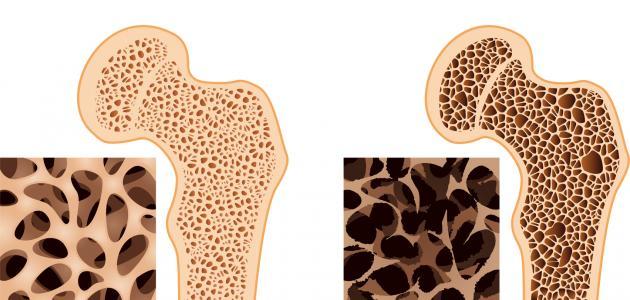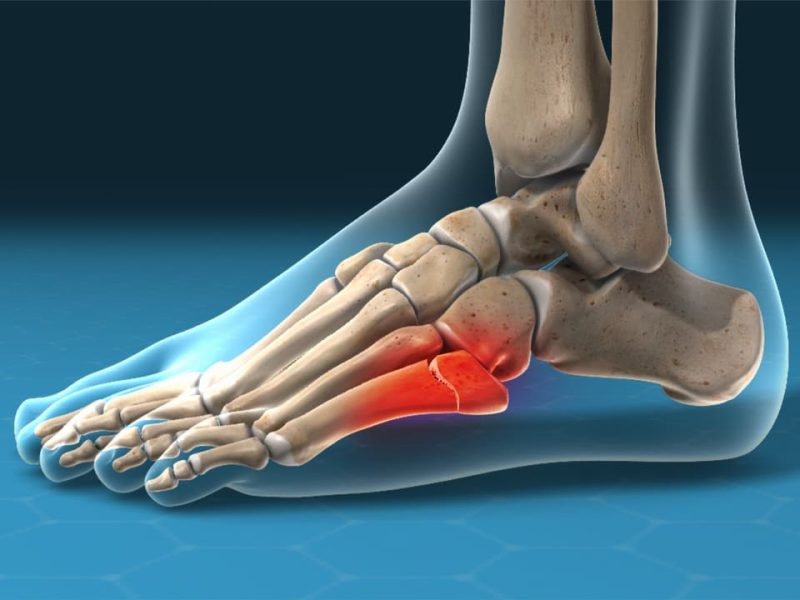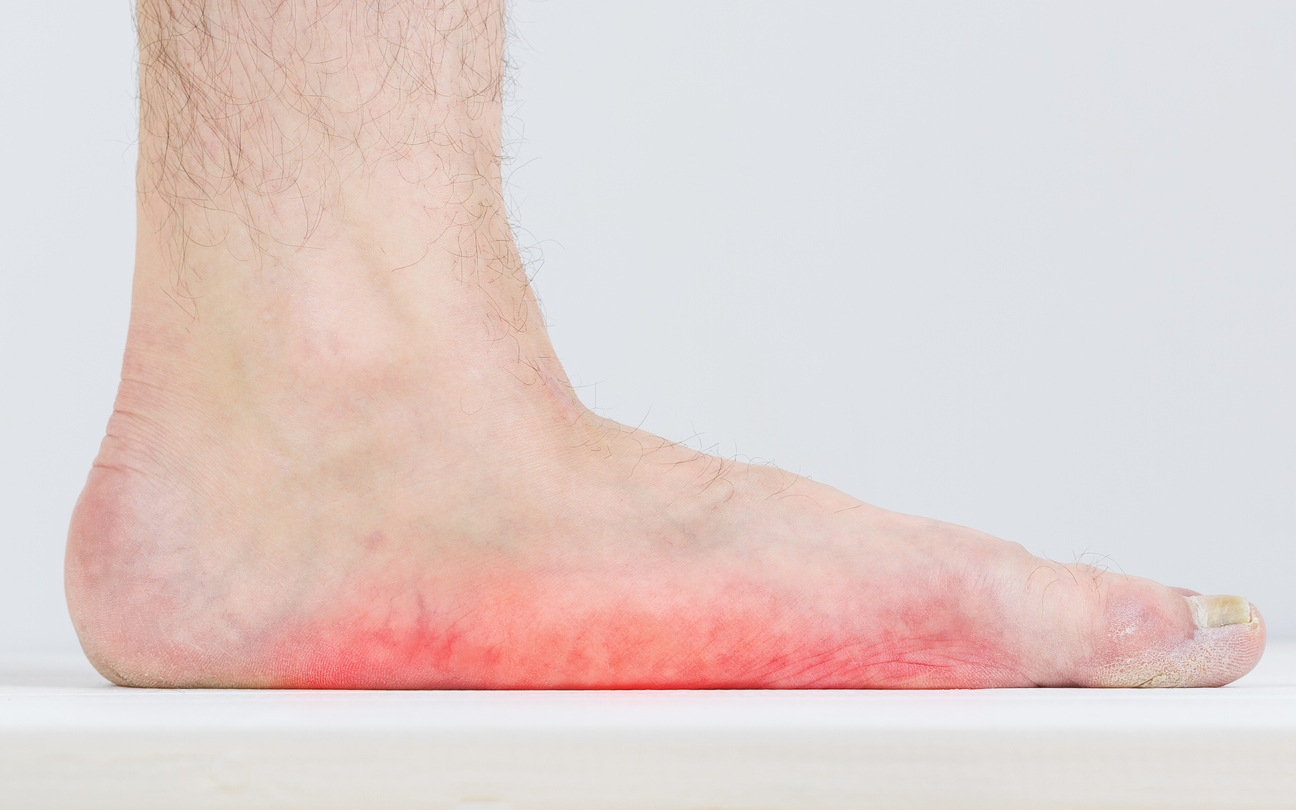Discover with us the success rate of hip joint replacement surgery and how long the procedure takes.
What is the success rate of hip joint replacement surgery? This is one of the most common questions many individuals have, and the reason behind it is their desire to obtain important information about the surgery they are about to undergo, especially when it is as crucial and sensitive as hip joint replacement. In this topic, we will delve into this in detail, so stay with us.
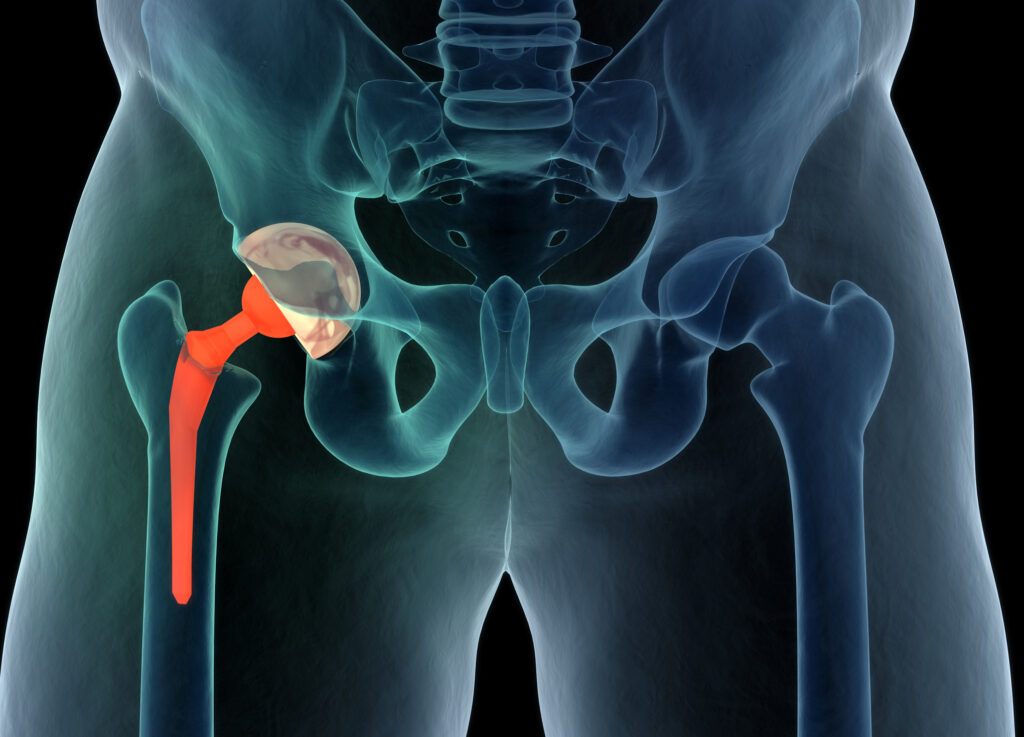
What is the success rate of hip joint replacement surgery?
The majority of doctors and specialists emphasize that hip joint replacement surgery is one of the highly successful procedures, with success rates ranging from 97% to 99% among various surgical procedures. These percentages are considered very normal and acceptable in most medical settings.
Anatomy of the Hip Joint
When discussing the anatomy of the hip joint, it is important to note that it is a complex ball-and-socket joint that connects the thigh bone (femur) to the pelvic bone (pelvis). The hip joint is one of the largest and most stable joints in the human body, facilitating movement between the thigh and pelvis. It consists of the following components:
Bones in the hip joint:
- Femur: This is the thigh bone and constitutes a significant part of the hip joint.
- Pelvic bone: This is the pelvic bone that interacts with the femur to form the joint.
Cartilage in the hip joint:
- Articular cartilage: It covers the surfaces of the femoral head and the acetabulum (socket) of the pelvic bone. This cartilage helps reduce friction and provides a smooth surface for movement.
Joint capsule:
- Joint capsule: It is a durable, fibrous tissue envelope that surrounds the joint, extending from the femoral head to the pelvic bone. The capsule contains synovial fluid (joint fluid) that lubricates the joint and reduces friction.
Muscles in the hip joint:
Of course, there is a large group of muscles that surround the hip joint, contributing to its movement and support. Among these important muscles, we have the large thigh muscles found on the front of the thigh, the posterior thigh muscles located at the back of the thigh, and the anterior and lateral muscles of the hip, which contribute to hip movement and lifting the thigh.
The hip joint functions by smoothly sliding between the femoral head and the pelvic socket, allowing for full range of motion, including bending, extending, and rotating. To achieve the best results for these types of procedures, you need to work with a professional doctor like Dr. Amr Amal.

Reasons for Hip Joint Replacement
In fact, there are several reasons that may necessitate hip joint replacement, and some of the most important reasons that make this procedure necessary include the following:
Joint Degeneration: This is one of the most common reasons for hip joint replacement. When the cartilage between the femoral head and the acetabulum wears down, it can lead to the degeneration of the bone itself, causing pain and reduced joint mobility.
Joint Inflammation: Rheumatoid arthritis of the hip joint can cause joint damage and persistent pain.
Hip Fractures: If there is a fracture in the hip area due to an accident or fall, replacement may be necessary.
Bone Diseases: Some bone diseases, such as osteoporosis, can make the bones in the joint brittle and more prone to fractures and damage.
Rheumatoid Arthritis: This type of arthritis that affects joints in general can lead to hip joint damage.
Bone Tumors: The presence of a tumor in the hip area may necessitate joint replacement if it causes pain or damage.
Gradual Onset Problems: In some cases, hip joint problems may develop gradually over time to the point where pain and reduced mobility become unbearable, necessitating replacement.
Types of Hip Joint Replacement Procedures
It is important to note that hip joint replacement procedures are diverse and vary from one case to another. Some of the most important types of procedures within this scope include the following:
Total Hip Replacement: In this procedure, the entire joint is replaced, including both the ball portion of the femur and the socket portion of the pelvis.
Partial Hip Replacement: For this procedure, the surgeon replaces only parts of the joint itself or a portion of the pelvic bones, depending on each case individually.
Hip Resurfacing: Comprehensive and fundamental modifications and changes are made in this procedure to both the femur and pelvis. To learn more about the indications for hip joint replacement, read the following article.

Risks and Complications of Hip Joint Replacement Surgery
Hip joint replacement surgery is a common and successful surgical procedure for treating hip joint problems. However, like any surgical procedure, complications can occur. Here are some common complications that may occur after this surgery:
Among the most common complications, infection at the surgical site may occur, with symptoms including fever, redness, swelling, and pain at the surgical site. Infections should be promptly treated with antibiotics.
Surgery may increase the risk of deep vein thrombosis, a serious condition that can lead to blood clots that travel to the lungs.
Problems with the artificial joint components, such as dislocation or wear over time, may occur, requiring additional repair or replacement surgery.
Problems with the surrounding bones, such as bone inflammation or small fractures, may occur.
In some cases, instability of the artificial joint may occur, requiring modifications to improve stability.
Some patients may experience persistent pain after surgery, which can result from various factors, including sensitivity to the metallic materials used in the artificial joint.
Complications related to the anesthesia used during surgery, such as allergic reactions or respiratory problems, may occur.
In some cases, it may be difficult for the patient to fully regain the natural range of hip motion after surgery.
Preparations and Examinations Before Hip Joint Replacement Surgery
Dear reader, please be aware that preparations and examinations before hip joint replacement surgery play a crucial role in ensuring the success of the surgery and minimizing risks. Here is a list of common preparations and examinations that may be required before the surgery:
- The preparation typically begins with a visit to an orthopedic surgeon or hip joint specialist to assess your condition and discuss possible treatment options.
- A physical examination is conducted by the doctor to evaluate the health of your hip and musculoskeletal system, as well as to determine the extent of damage and how it affects your daily life.
- X-ray imaging of the hip is done to assess the joint’s condition and determine the extent of damage. This may include plain X-rays, computed tomography (CT) scans, or magnetic resonance imaging (MRI).
- Blood and urine tests may be requested to assess overall body health and check for any other medical issues.
- Consultation with other specialists, such as a cardiologist and anesthesiologist, may be required if you have chronic health conditions or need special anesthesia during surgery.
- In some cases, a psychological assessment may be necessary to assess the patient’s readiness for surgery and their ability to cope with the changes that will occur after surgery.
- You may need to stop taking certain medications before surgery, especially those that affect blood clotting.
- Home preparations may be needed to provide a safe environment after surgery, such as providing a chair or walker and arranging items to be easily accessible.

Method of Hip Joint Replacement
Hip joint replacement surgery is a surgical procedure that involves removing the damaged hip joint and replacing it with an artificial joint made of high-quality metal and plastic materials. Here is an overview of how this procedure is performed:
- The process begins with a comprehensive medical evaluation of the patient, where the condition of the hip joint is assessed, the extent of damage is estimated, and this includes X-ray examination and consultation with a specialized medical team.
- The patient is given general anesthesia or local anesthesia to ensure they do not feel pain during the surgery.
- The surgeon makes a small incision in the hip area and cuts off the damaged femoral head and a portion of the acetabulum attached to the joint. This step aims to remove the damaged areas.
- The artificial joint is then securely placed in the location of the old joint. The artificial joint often consists of a metal femoral head and a plastic acetabular cup.
- The surgical incision is closed by the surgeon using surgical sutures.
- A dressing is applied to protect the wound and prevent infection.
After the surgery, the patient is transferred to the intensive care unit or a regular room depending on their condition. Necessary care and close monitoring are provided by the surgeon and the healthcare team.
Tips After Hip Joint Replacement Surgery
After hip joint replacement surgery, it is important to follow the guidance of the surgeon and the healthcare team to ensure a successful recovery. Here are some general tips that can help during this period:
- Follow the instructions of physical therapy and assist in performing simple exercises that promote the strength and flexibility of the hip and surrounding muscles.
- Maintain a balance between rest and activity, and take breaks between periods of exercise and daily activities.
- Avoid lifting heavy objects or engaging in activities that exert excessive pressure on the new joint.
- An ice pack placed on the swollen area can help reduce swelling and alleviate pain. Use it according to your doctor’s instructions.
- Monitor the surgical wound for any signs of infection or complications, and if you notice any unusual changes, contact the surgeon.
- Maintaining a healthy weight reduces stress on the artificial joint and helps maintain overall health.
- Consume a balanced diet rich in calcium and vitamin D to promote bone health.
- Before resuming driving, ask your doctor when you can start and if there are any restrictions.
- Attend scheduled appointments for follow-up assessments and regular medical examinations.
If you encounter any problems, such as increasing pain or signs of infection, do not hesitate to contact the surgeon or the healthcare team.

When Does Walking Start After Hip Joint Replacement?
After a hip joint replacement surgery, the timing for starting to walk depends on several factors, including the patient’s condition and the surgeon’s recommendations. Typically, patients can begin walking slowly on the first day after surgery with the assistance of healthcare professionals. The time it takes for an individual to return to normal walking can vary and depends on several factors, including:
- The patient’s overall health and physical fitness before surgery play a significant role in the speed of recovery and return to walking.
- Different surgical techniques may affect the time required to return to normal walking. Some surgeons use minimally invasive techniques that facilitate faster recovery.
- The patient should follow the guidance of the surgeon and the medical team carefully, and a specific time to start walking may be determined based on the surgeon’s evaluation.
- The patient should feel comfortable and stable before starting to walk. While walking can begin slowly, caution and attention are essential to avoid injury.
Is Hip Joint Replacement Surgery Risky?
Hip joint replacement surgery is known to treat chronic and painful hip joint problems, such as joint inflammation and cartilage damage. Generally, this procedure is considered safe and effective when performed by a qualified surgeon and a specialized medical team. However, like any surgical procedure, there are always risks associated with hip joint replacement surgery. Potential risks and side effects may include:
- Inflammation, swelling, or leakage of blood or fluids near the surgical site.
- Increased risk of deep vein thrombosis (blood clots in the deep veins of the legs) due to reduced mobility after surgery.
- Swelling or pain in the artificial joint, which may require additional corrective procedures.
- It may take time to fully regain hip mobility after surgery.
- There is a potential risk of infection with any surgical procedure.
Additionally, there are individual patient factors and medical histories that can impact the risks and benefits of the surgery. Therefore, it’s important to discuss the risks and benefits of the procedure with the treating surgeon and make an informed decision. In general, hip joint replacement can be safe and beneficial for individuals with serious hip joint problems that have not been successfully treated by other means.

What Is the Lifespan of an Artificial Hip Joint?
The lifespan of an artificial hip joint depends on several factors, including the type and quality of the joint, how it’s cared for, and generally, an artificial hip joint can last anywhere from 15 to 20 years or more in some cases. However, some patients may need a replacement sooner due to heavy use or other issues.
It’s important to follow the surgeon’s post-surgery instructions and maintain a healthy lifestyle, including appropriate physical exercises, to preserve the health of the artificial joint and extend its lifespan. Keep in mind that these are general estimates, and the lifespan of an artificial joint can vary for each patient, so it’s important to consult with specialized doctors for more individualized information based on your specific case.
How Long Does Hip Joint Replacement Surgery Take?
In most cases, many doctors and specialists confirm that hip joint replacement surgery typically takes anywhere from about one to two hours. During this surgery, the patient undergoes general anesthesia. The procedure involves removing damaged or affected portions of the bones surrounding the joint, followed by the attachment of the artificial joint. Therefore, you need to choose a specialized medical center and a doctor who ensures the best possible hip joint replacement surgery. Do not hesitate to visit Dr. Amr Amal and communicate through the following link.

